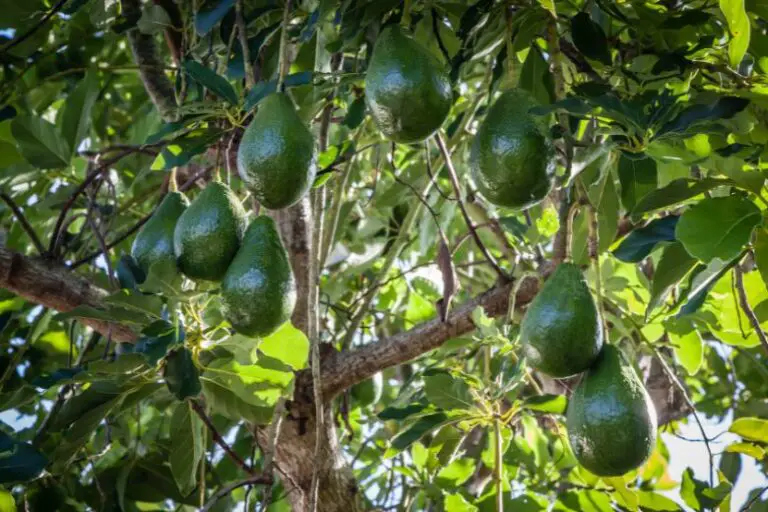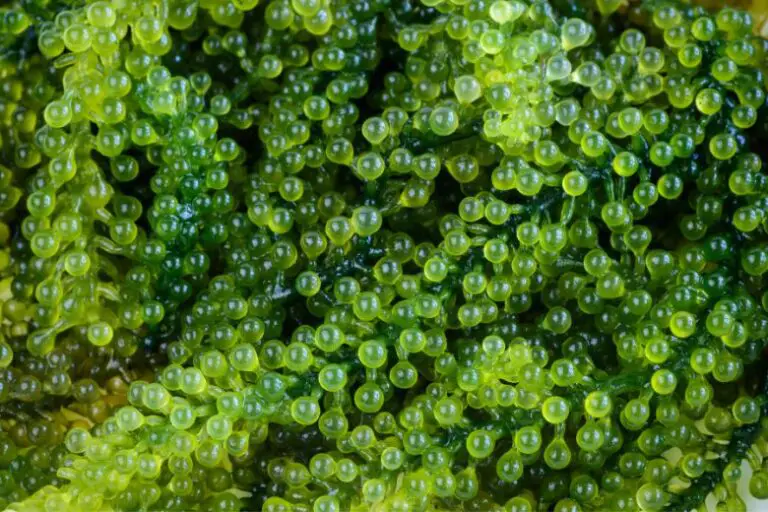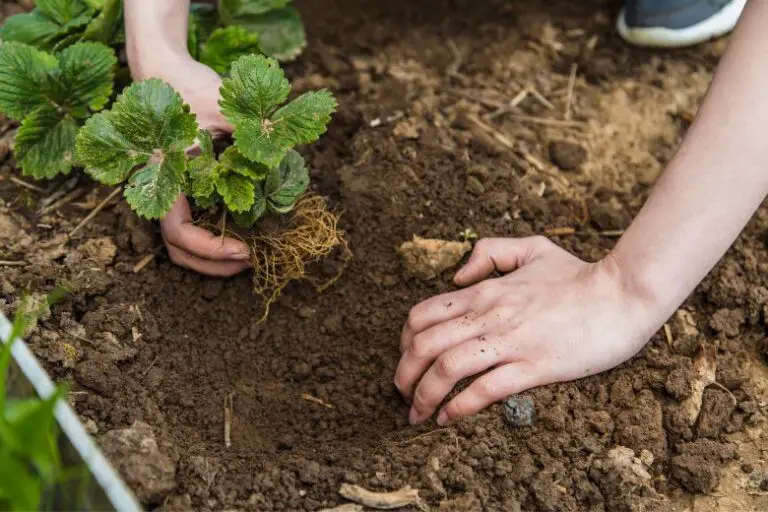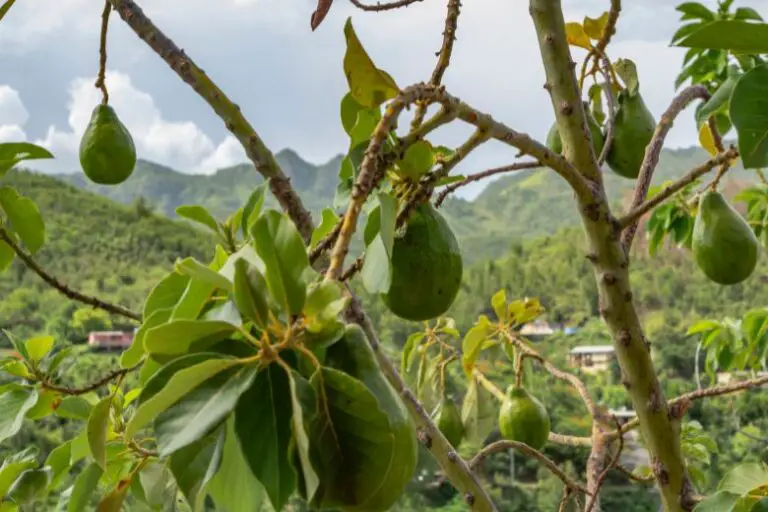Can Pine Trees Grow in Urban Environments
Urbanization has led to the transformation of natural landscapes into bustling cities. As concrete structures dominate the skyline, the presence of trees becomes increasingly vital for maintaining a healthy and sustainable urban environment. Among the various tree species that can thrive in urban areas, pine trees exhibit remarkable adaptability. In this article, we will explore the potential of pine trees to grow in urban environments, discussing their characteristics, benefits, challenges, and practical considerations for successful cultivation.
Understanding Pine Trees
Definition of Pine Trees
Pine trees are coniferous evergreen trees that belong to the genus Pinus. They are characterized by their needle-like leaves, which are bundled in clusters and are retained year-round. Pine trees can range in size from small shrubs to towering giants, with over 100 different species distributed worldwide.
Characteristics of Pine Trees
Pine trees possess several unique characteristics that contribute to their ability to thrive in diverse environments. Their needle-like leaves help reduce water loss through transpiration, enabling them to withstand dry and arid conditions. Additionally, pine trees produce cones that contain their seeds, ensuring effective reproduction and adaptation.
Urban Environments and Their Challenges
Urbanization and Its Impact on Nature
Rapid urbanization has brought significant changes to the natural landscape. Forests and green spaces have been replaced by concrete jungles, leading to a decline in biodiversity and the loss of crucial ecological services. Urban environments pose numerous challenges for tree growth, including limited space, air pollution, soil compaction, and water scarcity.
Challenges for Trees in Urban Environments
Trees in urban areas face unique challenges that can hinder their growth and survival. Pollution from vehicular emissions and industrial activities can negatively impact tree health. Additionally, compacted soils and limited root space can restrict nutrient uptake and root development. Urban trees also face competition for resources, such as sunlight, water, and nutrients, from surrounding structures and other vegetation.
Adaptability of Pine Trees
Pine Trees’ Tolerance to Pollution
One of the remarkable traits of pine trees is their ability to tolerate high levels of pollution. Their needle-like leaves have a waxy coating that helps protect them from airborne pollutants, such as particulate matter and gases. Pine trees are known to absorb and sequester pollutants, contributing to the improvement of air quality in urban areas.
Ability to Thrive in Poor Soil Conditions
Pine trees have a unique adaptation to poor soil conditions. They can grow in soils with low fertility and pH levels, which may be common in urban environments. Their extensive root systems allow them to access nutrients and water from deep within the soil, increasing their resilience to unfavorable growing conditions.
Drought Resistance
Urban environments often experience water scarcity due to increased demand and limited supply. Pine trees have developed mechanisms to survive periods of drought. Their needle-like leaves reduce water loss through transpiration, and their deep root systems can access water sources that are inaccessible to other plants. These characteristics make pine trees suitable for water-conservation efforts in urban areas.
Benefits of Growing Pine Trees in Urban Areas
Environmental Benefits
The presence of pine trees in urban areas brings numerous environmental benefits. They help mitigate the urban heat island effect by providing shade and reducing surface temperatures. Pine trees also contribute to carbon sequestration, reducing greenhouse gas emissions and combating climate change. Moreover, they act as natural air filters, absorbing pollutants and improving overall air quality.
Aesthetical Benefits
Pine trees add natural beauty and visual appeal to urban landscapes. Their distinct form, with tall trunks and evergreen foliage, creates a sense of tranquility and connection with nature. The presence of pine trees in parks, gardens, and streetscapes enhances the aesthetics of the surroundings, making urban areas more inviting and livable.
Improvement of Air Quality
Air pollution is a pressing concern in urban areas, with adverse effects on human health. Pine trees actively contribute to reducing air pollution by absorbing harmful gases and particulate matter. Their capacity to trap and remove pollutants helps create cleaner and healthier urban environments, benefiting both residents and wildlife.
Choosing the Right Pine Tree Species for Urban Areas
Considerations for Tree Selection
When choosing pine tree species for urban environments, several factors must be considered. These include the specific climate and soil conditions of the area, space limitations, maintenance requirements, and the desired aesthetic impact. Consulting with local arborists or horticulturists can provide valuable guidance in selecting the most suitable pine tree species for a particular urban setting.
Popular Pine Tree Species for Urban Environments
Several pine tree species have proven successful in urban environments. Some popular choices include the Eastern White Pine (Pinus strobus), Scots Pine (Pinus sylvestris), and Austrian Pine (Pinus nigra). These species exhibit adaptability to various soil conditions, resistance to pests and diseases, and overall hardiness in urban settings.
Planting and Caring for Pine Trees in Urban Settings
Site Selection and Preparation
Before planting pine trees in urban settings, careful site selection and preparation are crucial. The chosen site should have adequate space for the tree to grow and develop its root system without interference from surrounding structures. Soil preparation may involve removing any debris, improving soil structure, and ensuring proper drainage to create favorable growing conditions.
Planting Techniques
When planting a pine tree in an urban environment, proper techniques must be followed to ensure successful establishment. The planting hole should be wide enough to accommodate the tree’s root system, with care taken not to damage theroots during the process. The tree should be planted at the same depth it was grown in the nursery, ensuring that the root collar is level with the soil surface. After planting, the tree should be securely staked to provide stability and prevent wind damage during its early growth stages.
Watering and Mulching
Watering is essential for the establishment and growth of pine trees in urban environments. Newly planted trees require regular watering until their root systems become established. Deep watering is recommended to encourage deep root growth and drought resistance. Mulching around the base of the tree helps conserve soil moisture, suppress weed growth, and regulate soil temperature.
Pruning and Maintenance
Regular pruning is necessary to maintain the health and shape of pine trees in urban areas. Dead, damaged, or diseased branches should be promptly removed to prevent further issues. Pruning should be done during the dormant season to minimize stress on the tree. Additionally, routine maintenance tasks such as fertilization, pest control, and monitoring for any signs of stress or disease should be carried out to ensure the tree’s well-being.
Overcoming Challenges and Ensuring Success
Dealing with Pollution and Contaminants
Urban environments are often plagued by pollution and contaminants that can affect tree health. Regular monitoring of air quality and soil conditions is important to identify potential issues. Implementing strategies to reduce pollution, such as promoting green spaces and implementing emission control measures, can help mitigate the negative effects on pine trees.
Addressing Space Limitations
Space limitations in urban areas can pose challenges for tree growth. Planting trees in containers or utilizing vertical spaces, such as rooftop gardens or green walls, can be effective solutions. Additionally, collaborative efforts between urban planners, architects, and arborists can help identify creative ways to incorporate and maximize tree planting spaces in urban design projects.
Engaging the Community
Engaging the community is crucial for the success of urban tree planting initiatives. Educating residents about the benefits of pine trees and involving them in planting and caring for trees fosters a sense of ownership and pride in the urban environment. Community-led initiatives, such as tree adoption programs and volunteer tree maintenance groups, can significantly contribute to the long-term survival and growth of pine trees in urban areas.
Case Studies: Successful Examples of Pine Tree Growth in Urban Environments
City Park Revitalization Project
In a city park revitalization project, pine trees were strategically planted to enhance the park’s ecological value and aesthetics. The project involved careful selection of pine tree species that could withstand urban challenges, such as air pollution and compacted soils. Through community involvement and ongoing maintenance efforts, the park now boasts a thriving pine tree population that provides shade, improves air quality, and attracts wildlife.
Rooftop Gardens and Green Spaces
Rooftop gardens and green spaces in urban areas offer opportunities for pine tree growth. By utilizing unused rooftop areas, pine trees can be planted in containers or specially designed green roof systems. These installations not only contribute to urban greening but also provide insulation, stormwater management, and other ecological benefits. Successful examples of rooftop pine tree gardens demonstrate the potential for incorporating nature into the built environment.
Frequently Asked Questions
Can pine trees survive in heavily polluted areas?
Yes, pine trees are known for their tolerance to pollution and can survive in heavily polluted areas. Their needle-like leaves help protect them from airborne pollutants, and they have the ability to absorb and sequester pollutants, contributing to improved air quality.
How often should pine trees in urban areas be watered?
In urban areas, pine trees should be watered regularly, especially during the establishment phase. Deep watering once or twice a week is recommended to ensure proper hydration and encourage deep root growth. However, watering frequency may vary depending on factors such as rainfall, soil type, and temperature.
Do pine trees attract pests or insects in urban settings?
Pine trees can attract certain pests and insects, but they are generally not highly susceptible to infestations. Regular monitoring and prompt action, such as pruning infected branches and implementing pest control measures when necessary, can help mitigate any pest-related issues.
Can pine trees withstand harsh weather conditions in cities?
Pine trees are generally hardy and can withstand a range of weather conditions, including harsh urban environments. Their adaptability to poor soil conditions, drought resistance, and tolerance to pollution make them well-suited for urban landscapes.
What are some alternative tree options for urban environments?
Apart from pine trees, several other tree species are suitable for urban environments. Some popular options include oak trees, maple trees, birch trees, and ginkgo trees. It is important to consider the specific requirements and adaptability of each species to the urban setting when selecting alternative trees.
Conclusion
In conclusion, pine trees have proven their adaptability and resilience in urban environments. Their tolerance to pollution, ability to thrive in poor soil conditions, and capacity to withstand drought make them valuable assets for creating sustainable and vibrant cities. By carefully selecting the right pine tree species, implementing proper planting and maintenance techniques, and engaging the community, we can ensure the successful growth and long-term survival of pine trees in urban areas. Let us embrace the beauty and benefits that pine trees bring to our urban landscapes, enhancing our well-being and the health of our environment.






